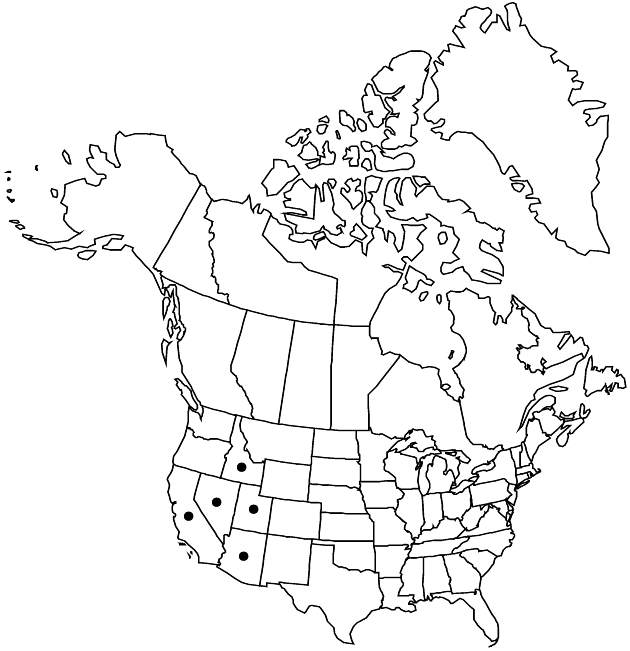Difference between revisions of "Heterotheca villosa var. scabra"
Phytologia 73: 453. 1993.
FNA>Volume Importer |
FNA>Volume Importer |
(No difference)
| |
Revision as of 18:43, 24 September 2019
Stems ascending to erect, 20–44(–52) cm, moderately to densely hispido-strigose, abundantly long-hirsute, moderately to densely stipitate-glandular. Distal cauline leaf (often perpendicular to stems) blades usually lanceolate to triangular-lanceolate, rarely narrowly ovate, 12–34 × 3–8 mm, somewhat to much reduced distally, margins flat, apices usually sharply acute, faces sparsely to moderately densely hispido-strigose (hairs 5–57, sometimes to 90/mm2), sparsely to densely stipitate-glandular (glands 8–50 mm2). Heads 1–19(–35), borne singly or in usually very open, sometimes compact, corymbiform arrays, branches often very long. Peduncles (14–)24–47(–120) mm, moderately to densely hispido-strigose, sparsely to densely stipitate-glandular; bracts grading from distal leaves, reduced distally, rarely leaflike. Involucres narrowly campanulate (fresh), (6–)6.8–9.7(–11) mm. Phyllaries narrowly triangular-lanceolate, margins rarely reddish purple distally, faces sparsely to moderately short-strigose, usually moderately to densely, rarely sparsely stipitate-glandular. Ray florets (7–)9–15(–18), laminae 5–10.6(12.4) mm. 2n = 18, 36.
Phenology: Flowering (Jan, May–)Jun–Oct(–Nov, south).
Habitat: Lava crevices, limestone cliffs, rocky sandstone loams, red sandstone soils, rocky embankments, rocky slopes, rock outcrops, dry rocky washes, sand flats near streams, in oak woods, juniper-pinyon scrub
Elevation: 400–3200 m
Distribution

Ariz., Calif., Idaho, Nev., Utah.
Discussion
Variety scabra is disjunct in the Little San Bernardino Mountains (California). It has moderately to densely stipitate-glandular and sparsely to moderately hispido-strigose, narrowly triangular-lanceolate leaves, and heads with very sparsely hispido-strigose, moderately to densely stipitate-glandular phyllaries. The variation in leaf traits is related to differences in growing conditions and time of the year shoots are produced. Plants may bloom early in the year and again in the late summer or fall. Early blooming plants can be quite different in array form and leaf indument traits. In southwestern Utah and north-central Arizona, var. scabra and var. nana can be difficult to distinguish. In much of Utah, northern Nevada, and adjacent Idaho, var. scabra and var. minor can be difficult to distinguish.
Selected References
None.